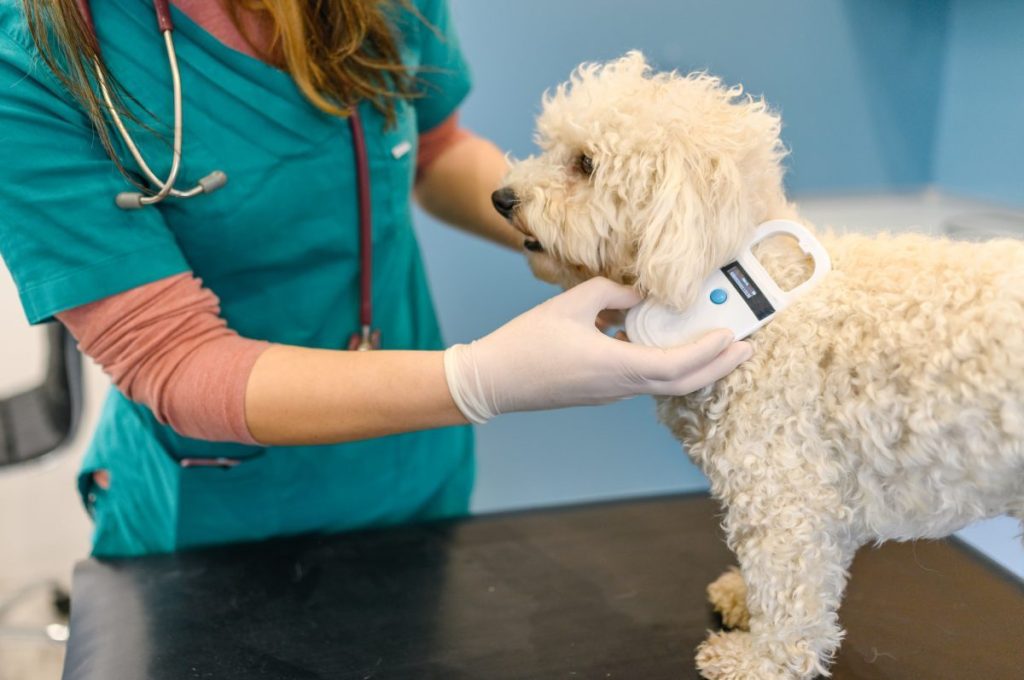Despite our best intentions, dogs get out when we’re sure they can’t. They run through open doors, dig under fences, hop out car windows, and squeeze through tiny little cat doors that you’d swear couldn’t accommodate a squirrel, much less your bouncy dog. In combination with an ID tag, a microchip is your safest bet for getting…

Dogs are complicated beings, just like their humans. And just like us, they want to communicate. We all…



